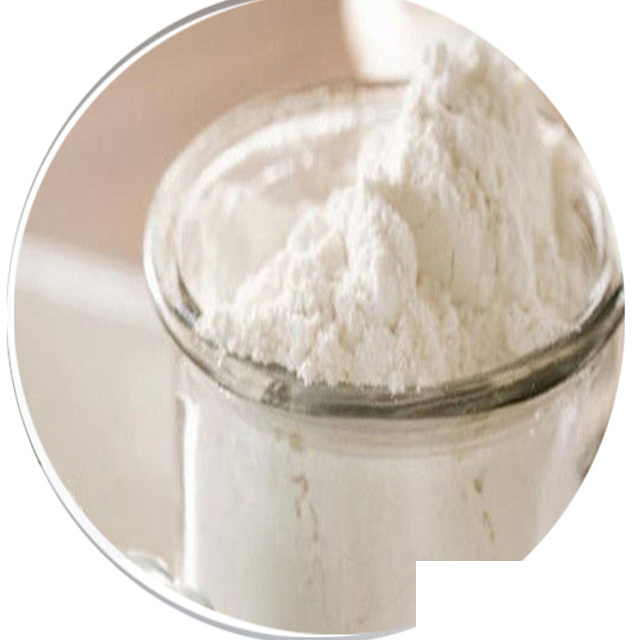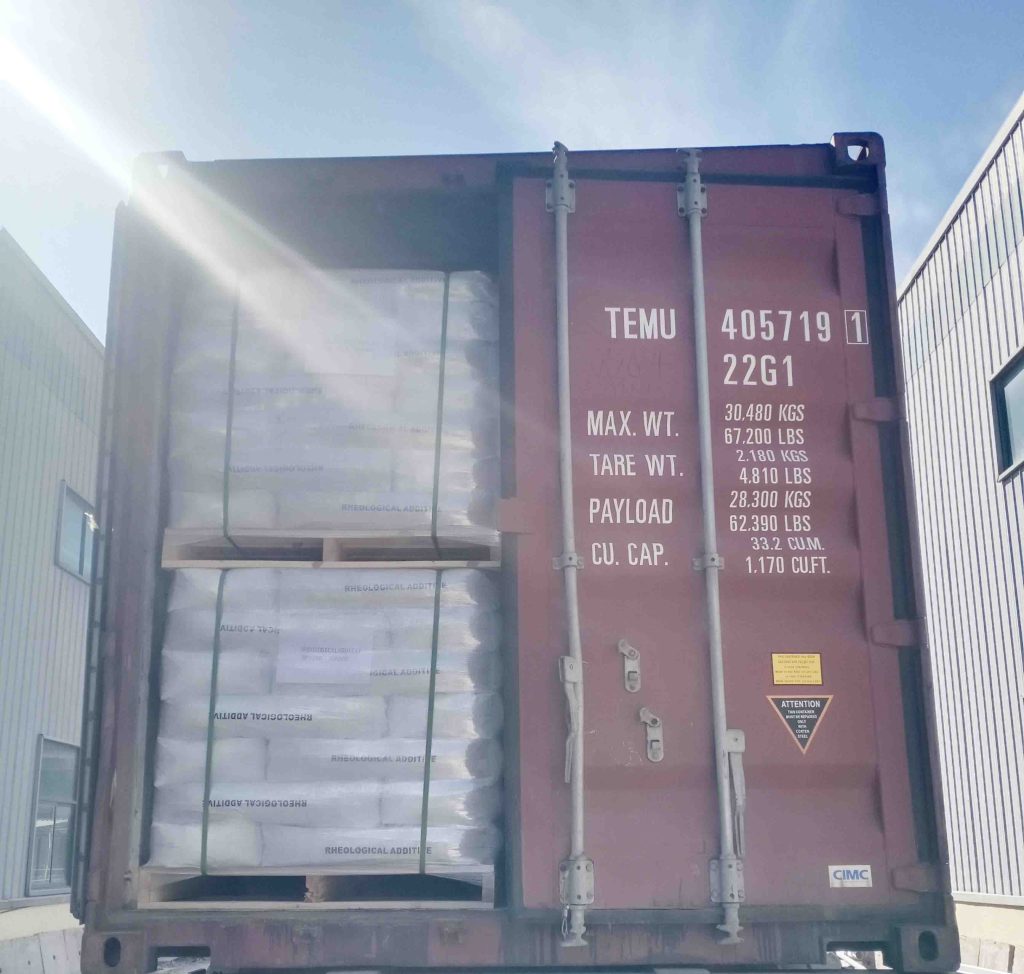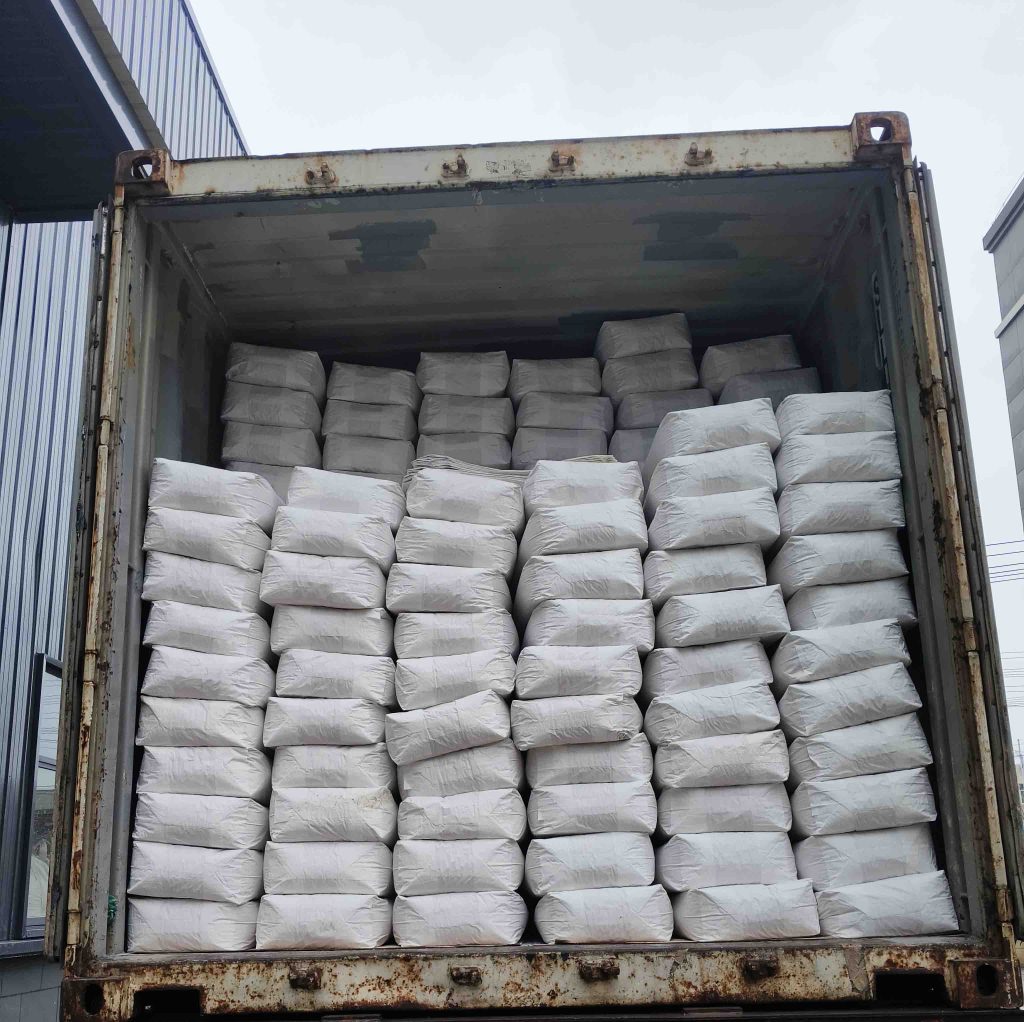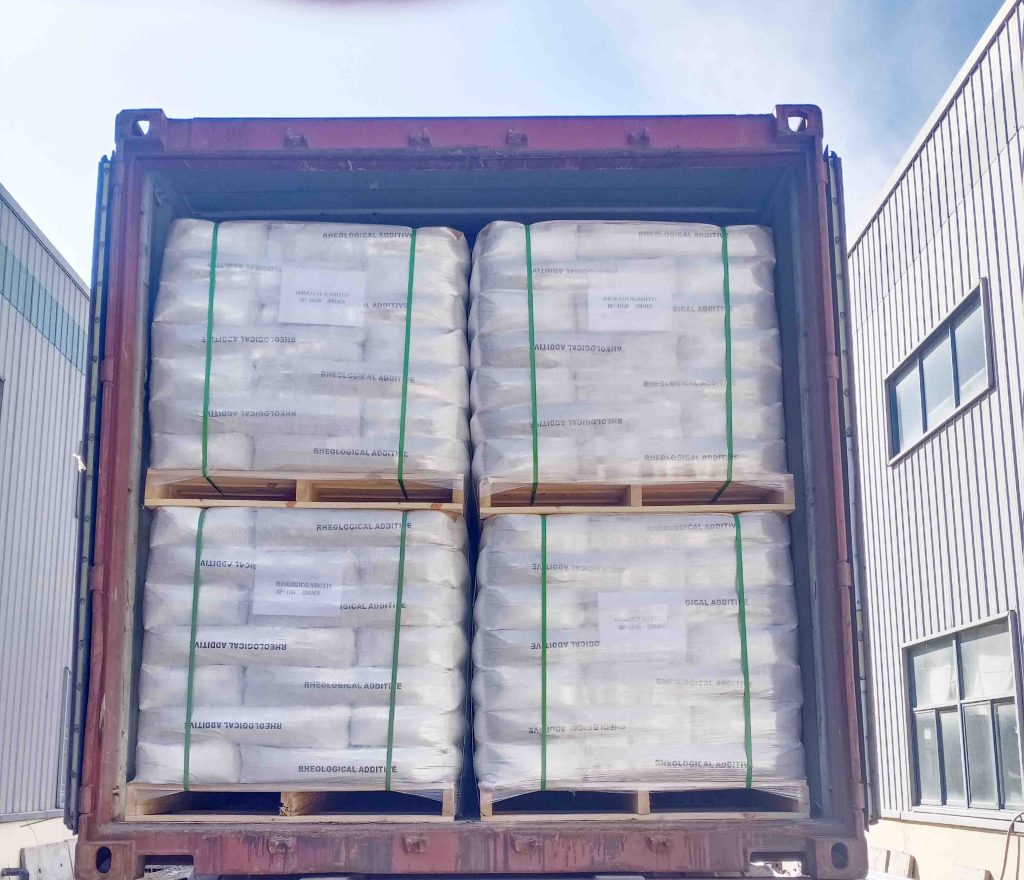Bead blasting media, the use of glass bead blasting is very wide, the main role is to realize the workpiece surface cleaning and treatment, it is also a kind of high efficiency and environmental protection and reliable and safe surface treatment technology.
bead blasting media is necessary to put forward is please carefully choose the glass beads particle size and size, because bead blasting media will directly determine the final surface effect, if you need a high reflection effect, you can choose a high gloss, the particle size is relatively small glass beads, if you need to deal with a large area, then the particle size of the glass beads is more suitable.
The pressure and speed used in sandblasting will also directly affect the surface effect. In a word, glass beads sandblasting can not only improve the appearance of the aesthetic degree, but also to achieve the mechanical strength of its workpiece and wear resistance, therefore, he is in different industries is a very respected surface treatment technology.

What Are Bead Blasting’s Applications?
| Aerospace industry | Remove rust and paint from mechanical components to remove knife marks. |
| Remove scratches on the rubber | Reflective paint for roads |
| Scratch treatment on the surface of stainless steel. | |
| Foundry industry; | Pre processing in the electroplating industry. |
| Semiconductor Industry | Crafts for exterior decoration |
bead blasting media
Advantages of glass bead blasting:
The advantages of glass bead blasting are numerous, as a surface treatment technology, the specific advantages include the cleanliness of the surface, controllable roughness, little damage to the surface of the workpiece, reusable recycling, economical and efficient, and enhance the appearance of the workpiece.
Bead blasting media
1. Environmentally friendly and harmless: glass beads is a low dust raw material, it will not cause toxic and harmful gases to the environment recycling and reuse, so it is very environmentally friendly.
2. High surface cleanliness: In order to lay a good foundation for coating work, glass beads can effectively remove impurities, dirt, burrs and oxidized layer on the surface of the workpiece.
3. Recyclable: Glass bead blasting can be reused. Therefore it is a low-cost, very cost-effective and environmentally friendly filler. Its chemical stability makes it. At the same time bead blasting media does not react with other chemicals, which is why it has significant chemical stability.
4. Increased aesthetics: After removing burrs and impurities from the surface of the workpiece, the aesthetics of the surface of the workpiece itself is greatly enhanced.
5. Controllable surface roughness: Different blasting pressures and particle sizes as well as blasting time can precisely control the roughness of the workpiece to meet the requirements of different surface effects.
6. Small damage to the surface of the workpiece: As the glass beads are spherical, bead blasting media has smooth surface and moderate hardness, the influence and damage to the surface of the workpiece can be kept at the minimum, and the original precision and size will not be affected.
7. Strong adaptability glass beads can be compatible with many different materials, so bead blasting media is very adaptable.
Size of glass beads for blasting
Model of Bead blasting glass | Sieve Size (mesh) | Particle Size Range(μm) |
WSL17L# | 20~40 | 425 ~ 850 |
WSL 18L# | 30~40 | 425 ~ 600 |
WSL 19L# | 40~60 | 300 ~ 425 |
WSL 20L# | 60~100 | 150 ~ 300 |
WSL 21L# | 70~140 | 106 ~ 212 |
WSL 22L# | 100~140 | 106 ~ 150 |
WSL 23L# | 100~200 | 75 ~ 150 |
WSL 24L# | 140~200 | 75 ~ 106 |
WSL 25L# | 140~270 | 53 ~ 106 |
WSL 26L# | 200~325 | 45 ~ 75 |
Specification of Bead blasting glass
| Specific gravity | 2.4-2.6 g/m3 |
| Stacking density | 1.5g/cm3 |
| Type | Blasting / Shot Peening Media |
| Spherical | |
| Rockwell hardness: | 46HRC |
| Mohs | 6-7 |
| Round rate | 80% |
| Melting point | 710-730 ℃ |
| Index of refraction | 1.5—1.6 |
The following is its main scope of application:
1. Metal processing industry:
o Stainless steel can be descaled and surface cleaned.
o Clean and strengthen the surface of casting parts, stamping parts and welding parts.
2. Glass processing industry:
o Can be engraved and patterned on glass and other materials;
o To make the surface of glass to achieve the frosted effect, o To clean the surface of glass, enhance the adhesion
o Clean the surface of glass and enhance the adhesion.
3. Plastic and rubber industry:
o Remove burrs and unevenness on the surface of plastic products and improve the surface quality;
o Cleaning and roughening the surface of rubber products to improve their bonding performance with other materials.
4. electronics and optical industries:
o Cleaning and roughening the surface of electronic components, circuit boards and other products to improve the performance and safety of the products;
o Surface treatment of optical lens, lens and other products to improve their optical properties.
5. Other industries:
o Surface treatment of casting abrasives, jigs and fixtures.


